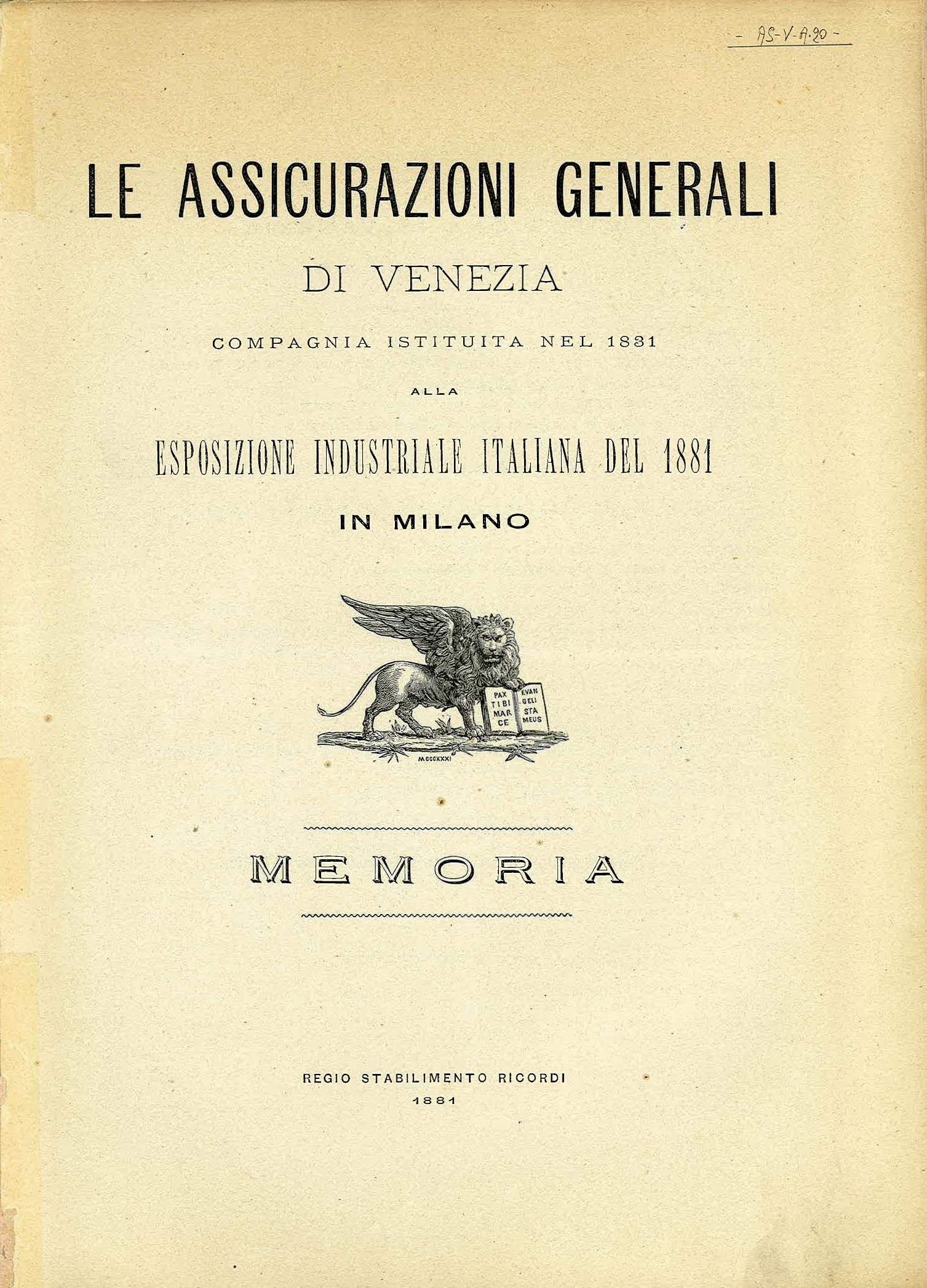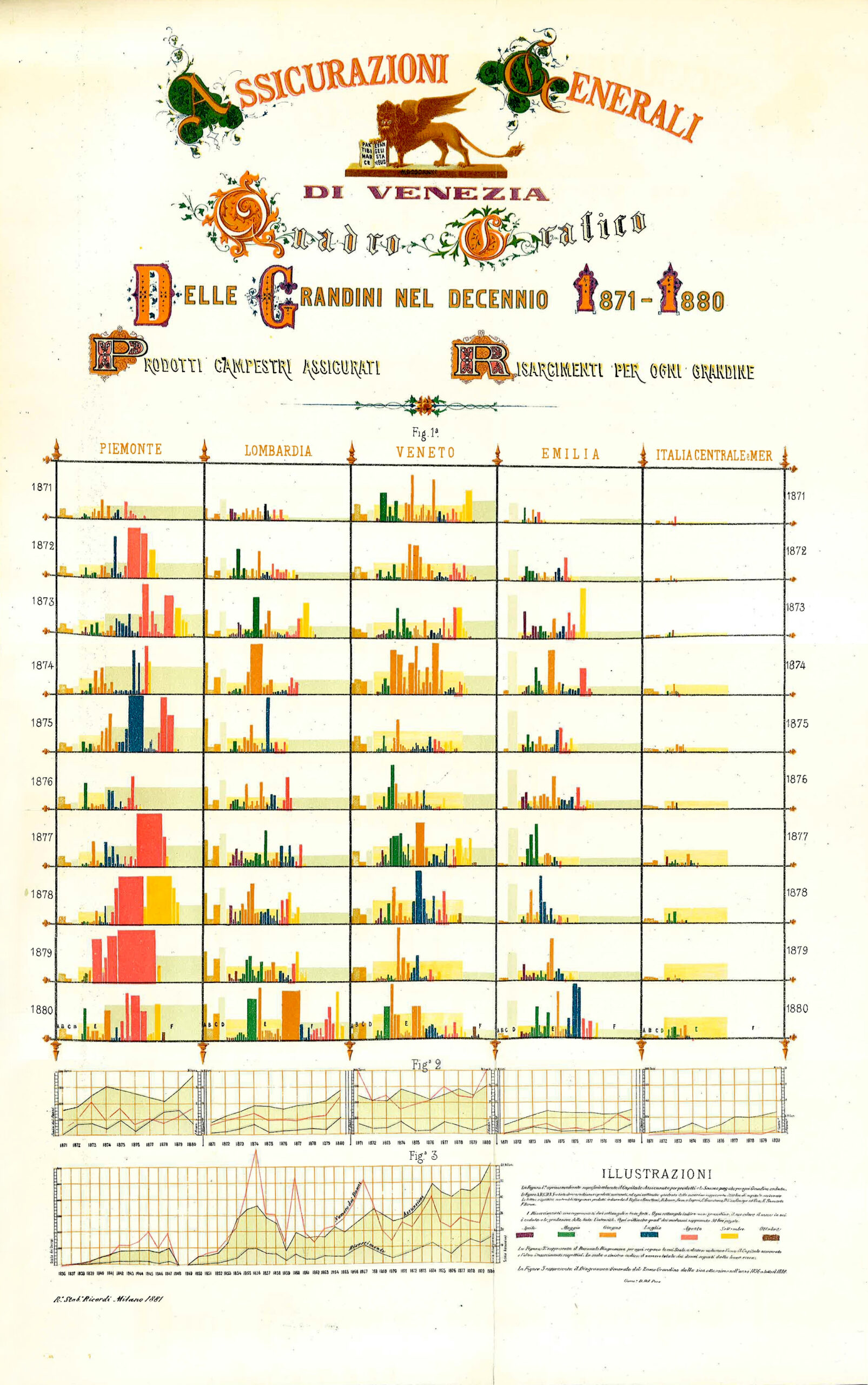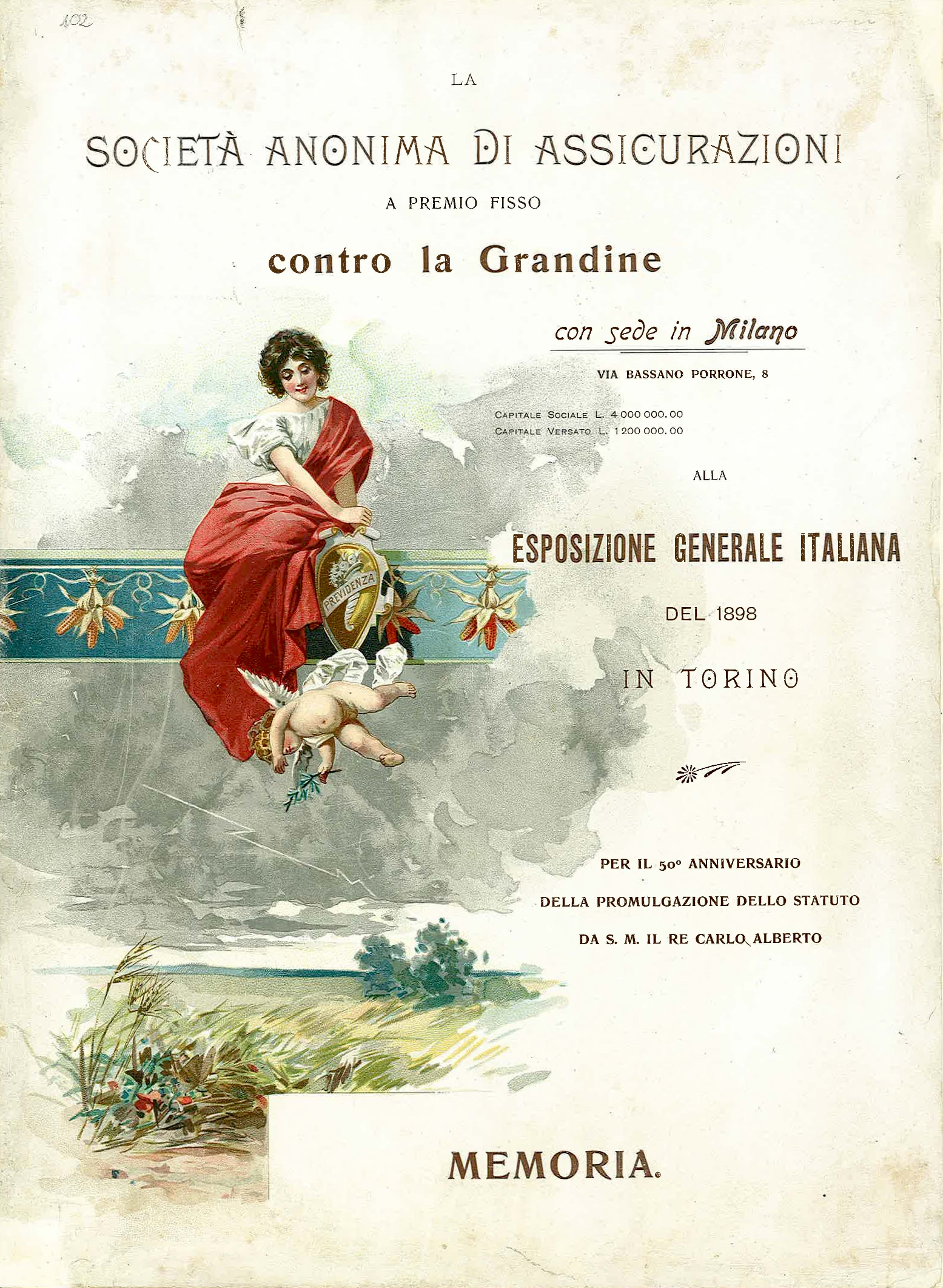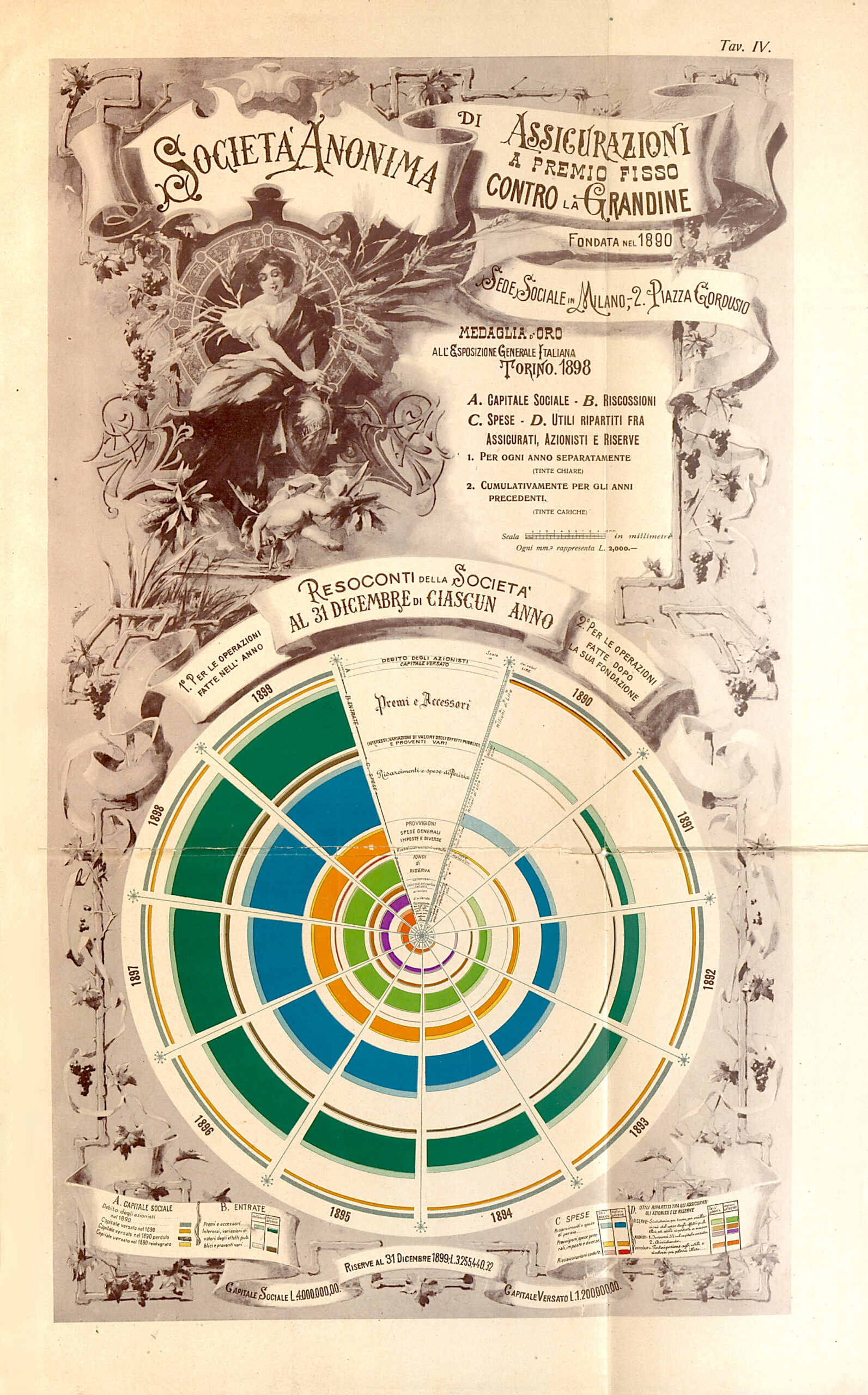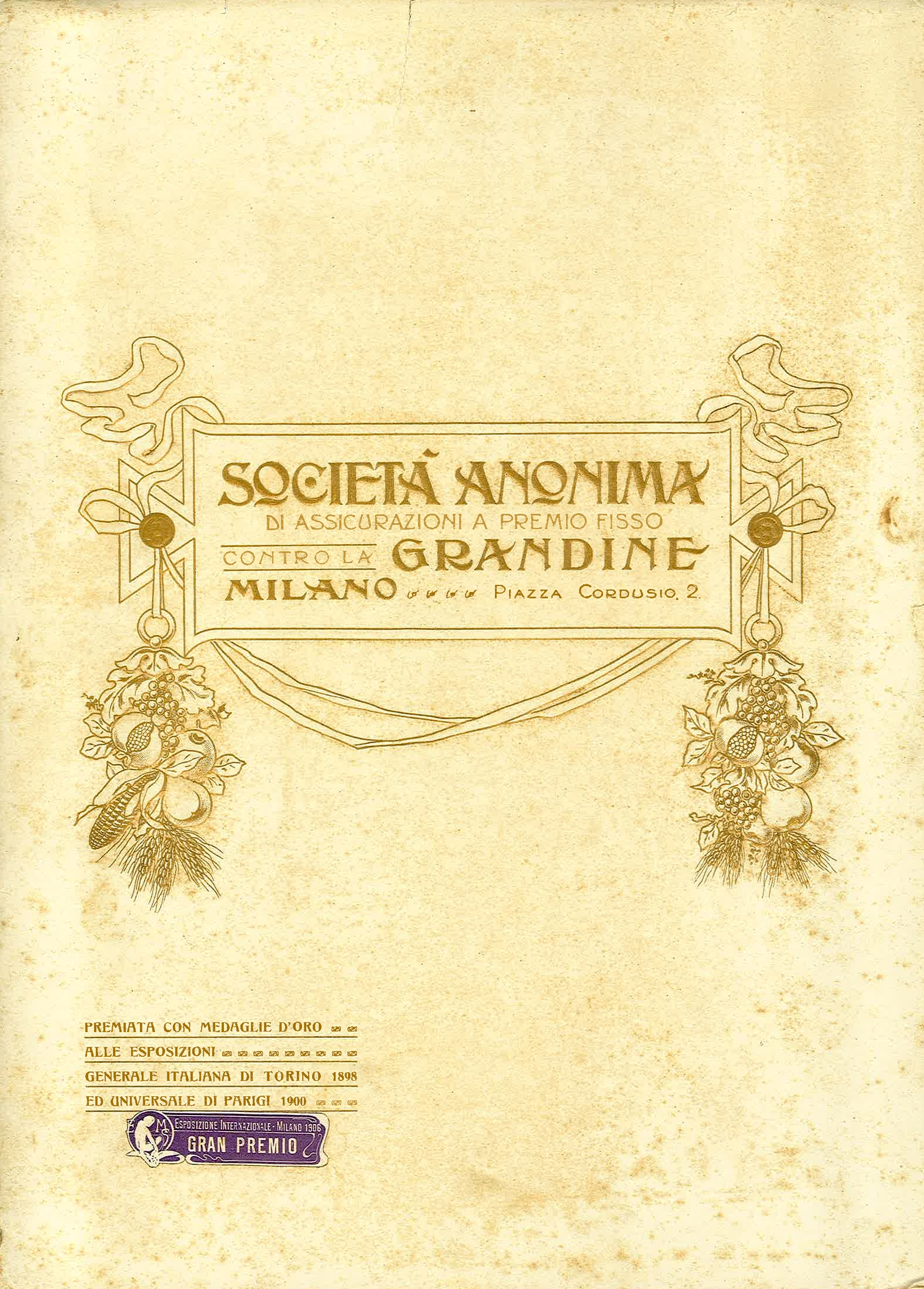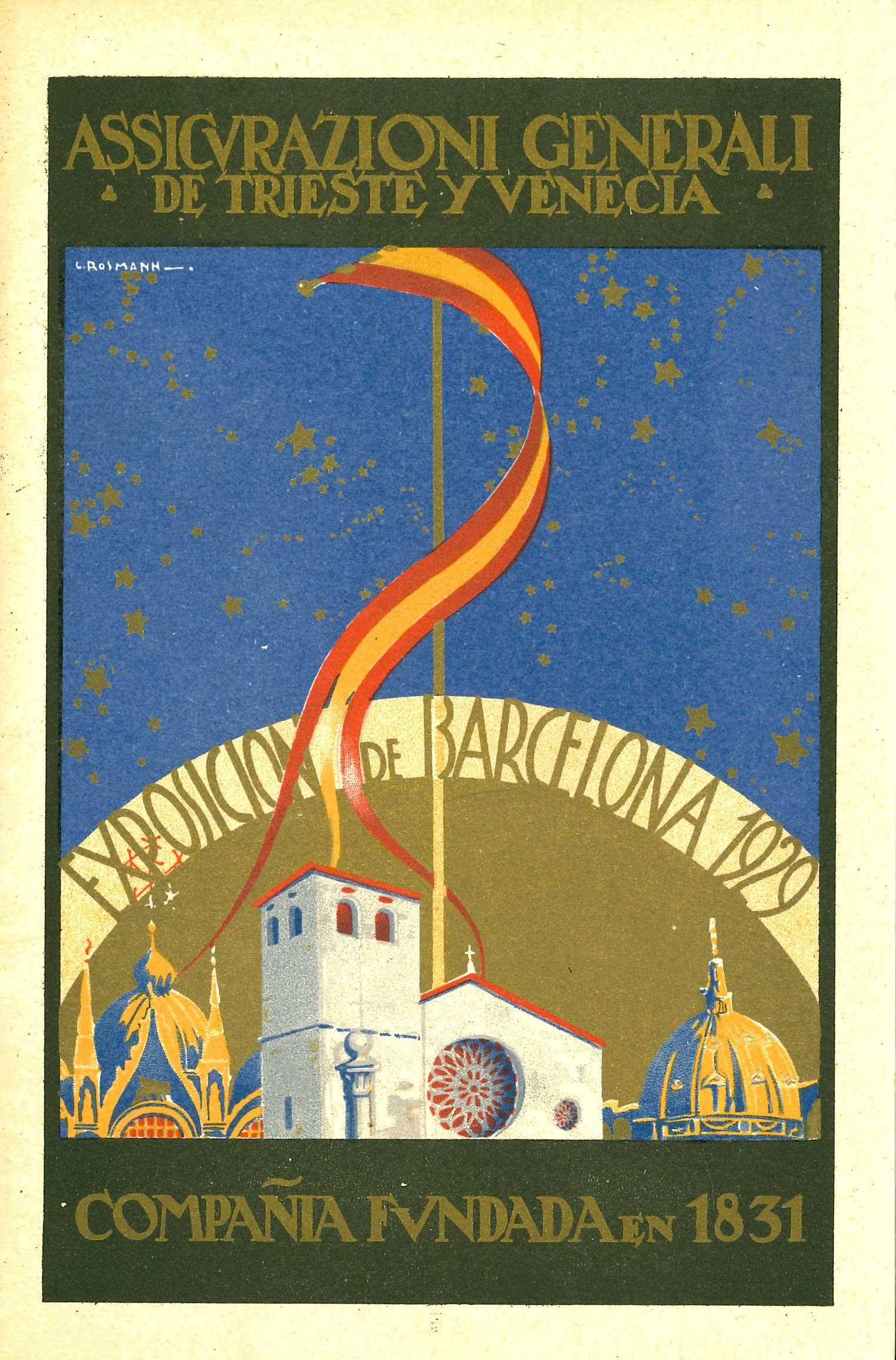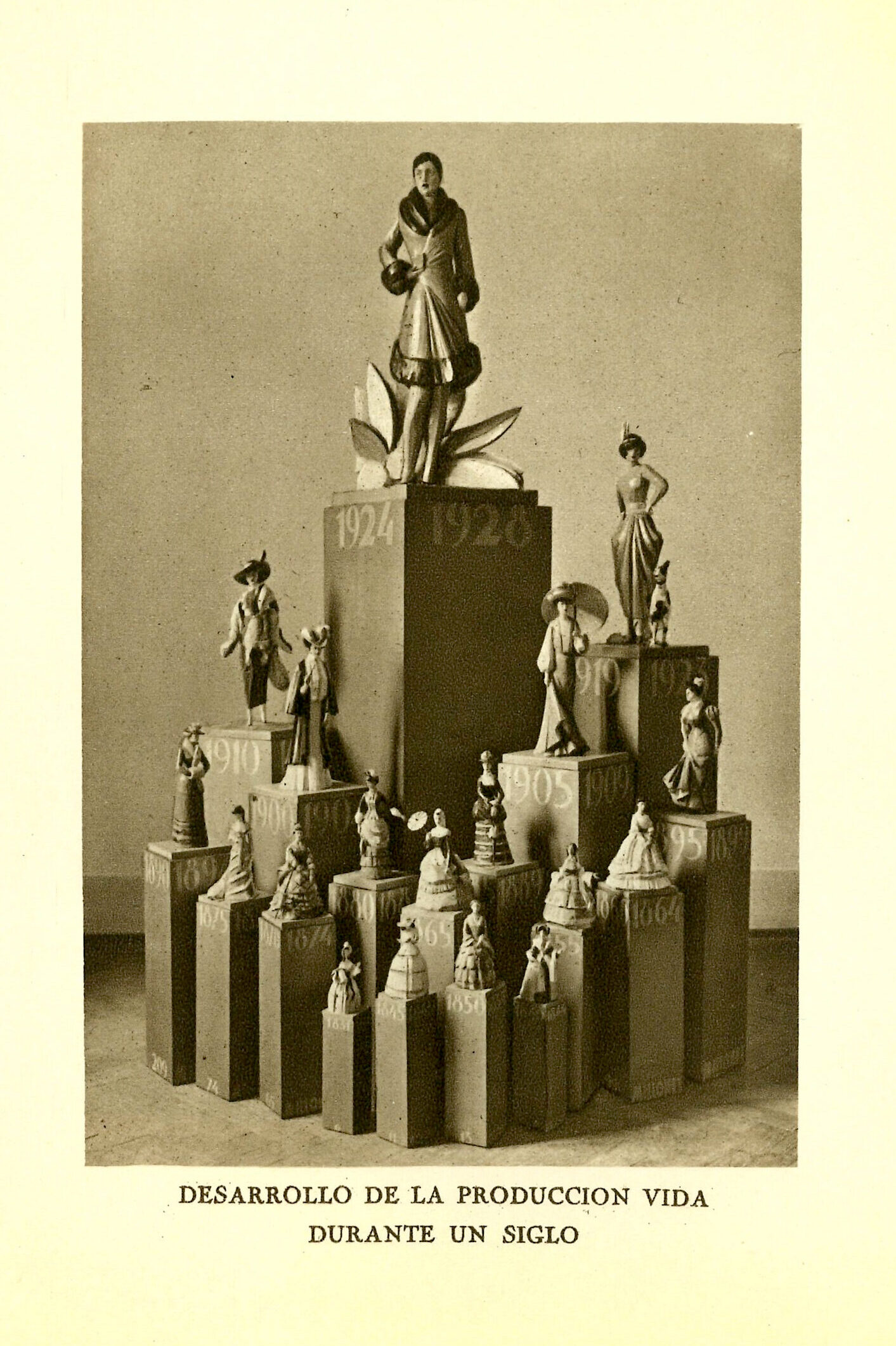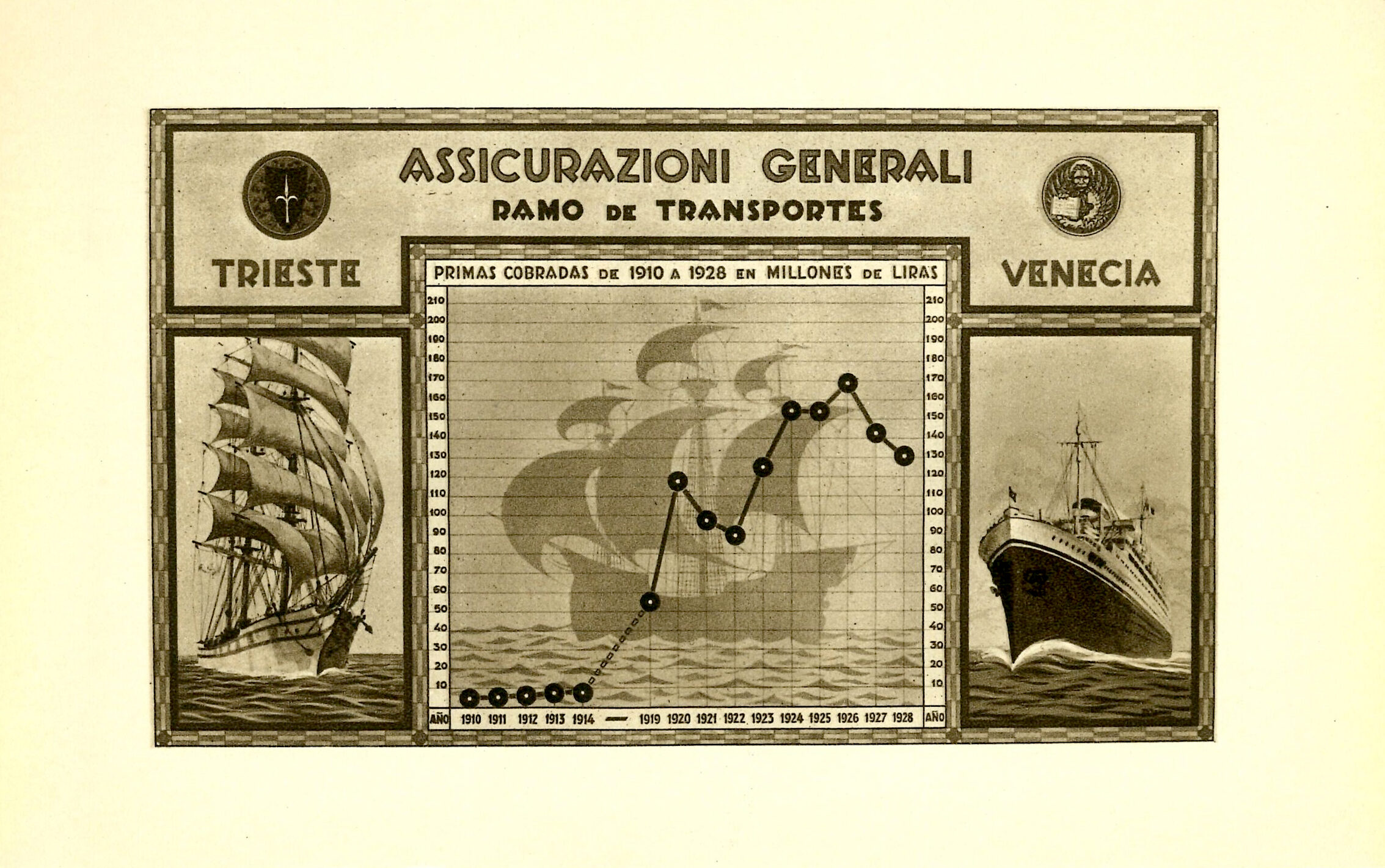Generali at National and International Expos – More than Mere Mementos: Memories
02 March 2023
The great Expos have always been a window to the world: an opportunity for comparison and a valuable indicator of the stage of development of the participating countries, each bringing their own wealth of innovation and with genuine wonders on display. The period between the second half of the 19th century and the first decade of the 20th century was a particular golden age for notable events of this nature, “peaceful competitions”, epic and triumphal events that lay somewhere between trade fairs and scientific-cultural exhibitions. Here, visitors could see the latest innovations on sale, while at the same time learning about the progress being made in various industries through a visit akin to a museum experience. Starting with the so-called Great Exhibition of 1851 in London, these events, which were supported by a monumental behind-the-scenes effort, attracted increasingly large audiences, in part due to the variety of recreational activities hosted alongside them, such as sporting occasions, exhibitions of paintings, spectacular circus displays, and not least the futuristic spaces constructed for the exhibitions themselves. The age of the epic Expo was dealt a devastating blow by the two world wars, which profoundly weakened global trust in progress and peaceful collaboration. Their revival was a far more understated affair, socioeconomically and culturally, although they never lost their sense of wonder.
Social welfare institutions also had a space reserved in these national and international events, in recognition of their important role in everyday economic and social life. Within this context, insurance companies had a natural interest in presenting their offers and activities in the most visually appealing and clear way possible.
Starting in 1881, Generali participated in numerous expos, either directly or through companies within the broader Generali Group, and information about these events can still be found in the Generali Historical Archive. Alongside extraordinary display pieces such as the hail charts and automatic ticket vending machine can also be found various Memorie. These are precious publications in which economic figures, statistics and technical data relating to insurance were distilled into elegant, colourful tables in the form of diagrams (using “discs” or “circles”, but also “parallelepipeds”, polygonal representations or simple broken lines) and cartograms (thematic geographical maps). These are accompanied by explanatory headings and legends within the tables, often appearing on coils of ornamental plaster and between engraved title blocks on the bottom. Other times, they appear on ribbons, rinceaux, young vines, bunches of grapes, pomegranates, ears of grain, corn cobs and other vegetable-inspired decorations that symbolise abundance and security. This press kit, as we would recognise it today, was a comprehensive reflection of the company’s existence and work, “at every stage of its life”, and it was designed for the judges of the Expo, the shareholders, policyholders, and all the partners in the company’s socioeconomic ecosystem and scholars of economics. Its role extended far beyond simple communication of economic and financial data. It was designed to provide a social image of the company, of its contribution to the development of the insurance and welfare industry in Italy and in an increasingly complex world seeking stability.
The memoires preserved within include pieces from the 1881 Italian Industrial Exposition of Milan, the 1884 Italian General Exposition of Turin, the 1888 Regional Exposition of the Provinces of Emilia in Bologna, the 1898 Italian General Exposition of Turin, the 1900 Paris Universal Exposition, the 1906 Milan Universal Exposition and the 1929 Barcelona Universal Exposition. In 1924, the Generali Group also participated in the National Reclamation Exhibition in Rome, which the group attended through its Ca’ Corniani agricultural subsidiary, set up to carry out a pioneering reclamation project in the marshlands near Caorle (Venice) in 1851.
